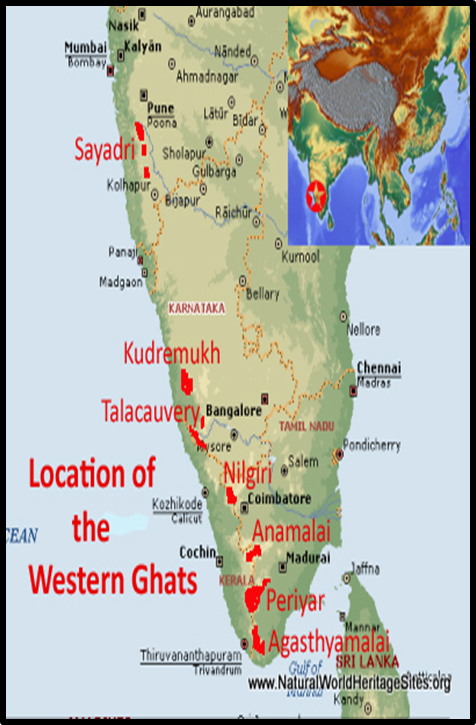STATES SEEK REDUCTION OF ECO-SENSITIVE AREAS IN WESTERN GHATS
Why in the news?
- Three states seek reduction of Eco-Sensitive Areas in the Western Ghats to allow for developmental works.
- States Involved: Gujarat, Maharashtra, Goa, Karnataka, Kerala, Tamil Nadu.
- Reason: Allow developmental works.
- Current Situation: Original draft from 2014; latest draft set to expire.
Source:researchgate
About Eco-Sensitive Zones (ESZs):
- Definition: Areas within 10 km of national parks and wildlife sanctuaries, designated as eco-fragile or Eco-Sensitive Zones (ESZs).
- Purpose: Protect ecologically sensitive areas from harmful activities under the Environmental (Protection) Act, 1986.
- Implementation: State governments primarily declare ESZs, with Union government authority to extend beyond 10 km for significant ecological corridors.
Key Facts about Western Ghats:
Associated Article: https://universalinstitutions.com/ecologically-sensitive-zones-esz/ |




